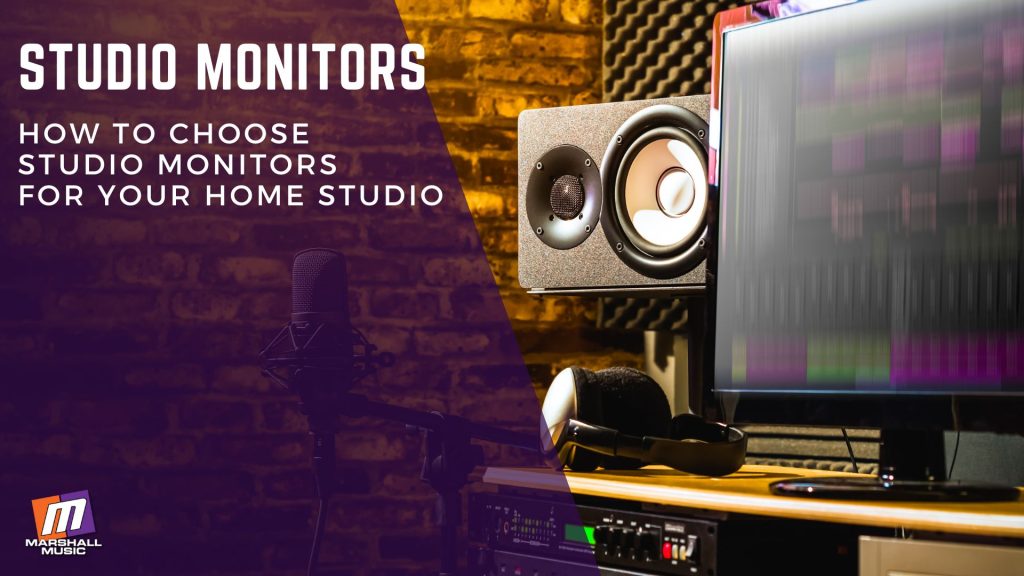Setting up a home studio is an exciting journey, and one of the most critical decisions you’ll make is choosing the right studio monitors. Studio monitors are the backbone of any recording or mixing setup, as they provide an accurate representation of your audio. Unlike regular speakers, studio monitors are designed to deliver a flat frequency response, ensuring that your mixes translate well across different playback systems.
With so many options on the market, selecting the right pair can feel overwhelming. To help you make an informed decision, we’ll break down the key factors to consider and compare three popular models: the Behringer Nekkst K8, the KRK ROKIT 7 G5, and the Tannoy GOLD 8.
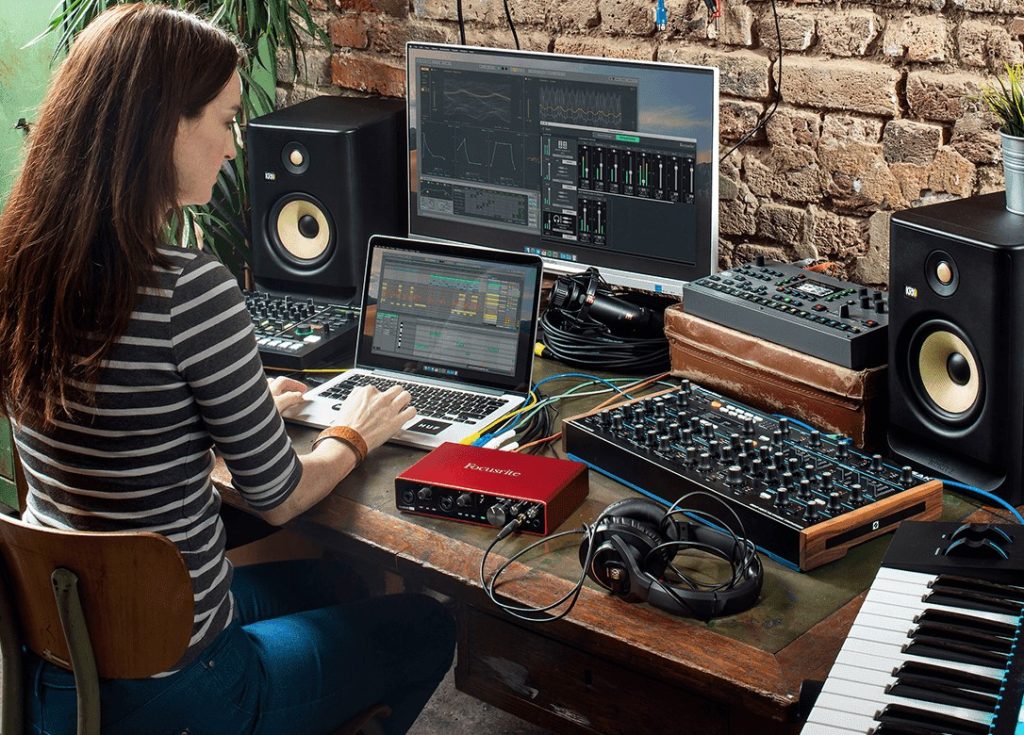
Key Factors to Consider When Choosing Studio Monitors
- Room Size and Acoustics
The size of your studio space plays a significant role in determining the size and power of the monitors you need. Larger rooms may require bigger monitors with more power, while smaller rooms can benefit from compact monitors to avoid overwhelming bass response. - Frequency Response
Look for monitors with a flat and accurate frequency response. This ensures that you hear your audio as it truly is, without coloration or exaggeration in certain frequency ranges. - Woofer Size
The size of the woofer affects the bass response. Monitors with larger woofers (e.g., 8-inch) deliver deeper bass, which is great for electronic music or hip-hop. Smaller woofers (e.g., 5-inch or 7-inch) are better suited for smaller rooms or genres where bass isn’t the primary focus. - Amplification
Studio monitors can be powered (active) or unpowered (passive). Active monitors, like the ones we’re discussing, have built-in amplifiers, making them more convenient for home studios. - Budget
Studio monitors come in a wide range of prices. Determine your budget and aim for the best quality within that range. Remember, your monitors are a long-term investment. - Connectivity
Ensure the monitors have the right inputs for your setup (e.g., XLR, TRS, or RCA).
Comparing the Behringer Nekkst K8, KRK ROKIT 7 G5, and Tannoy GOLD 8
Let’s take a closer look at three popular studio monitors and how they stack up against each other.
1. Behringer Nekkst K8
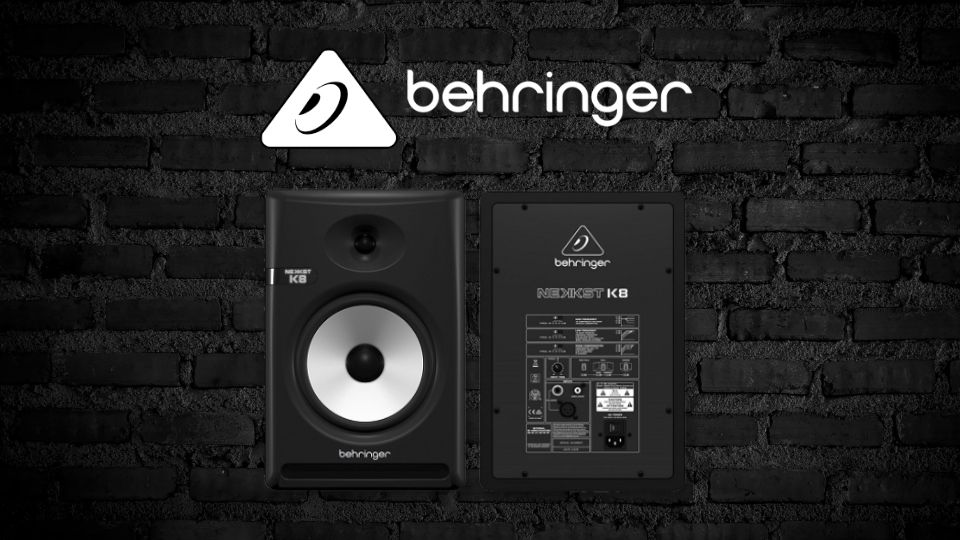
The Behringer Nekkst K8 is an 8-inch studio monitor designed for producers and engineers who need a powerful and accurate sound. It’s part of Behringer’s Nekkst series, which focuses on delivering professional-quality audio at an affordable price.
- Key Features:
- 8-inch woofer for deep bass response
- 120W bi-amped power (70W LF, 50W HF)
- Waveguide technology for improved stereo imaging
- XLR and TRS inputs for versatile connectivity
- Bass reflex design for enhanced low-end clarity
- Best For:
The Nekkst K8 is ideal for larger home studios or producers working on bass-heavy genres like EDM, hip-hop, or dubstep. Its 8-inch woofer delivers a robust low end, making it a great choice if you need to hear every detail in the lower frequencies.
2. KRK ROKIT 7 G5
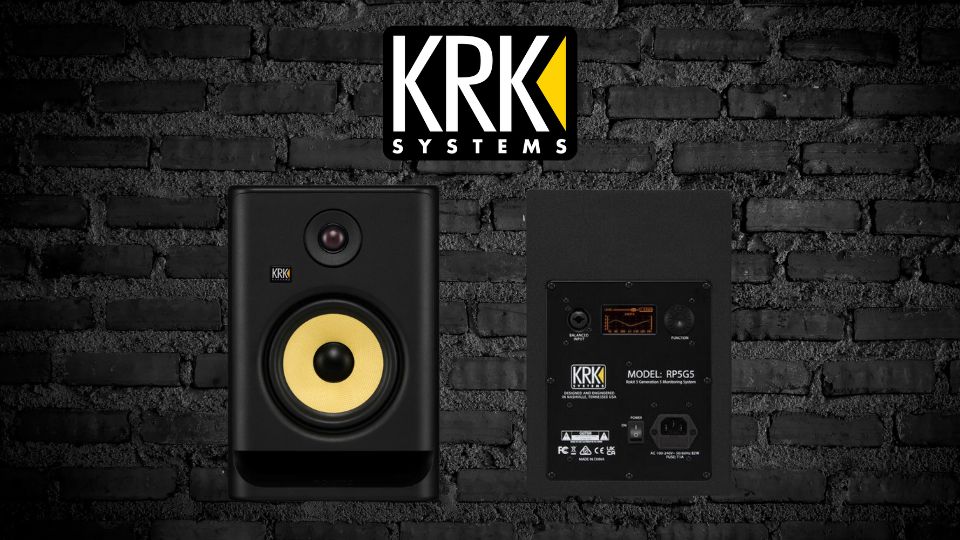
The KRK ROKIT 7 G5 is a 7-inch monitor from KRK’s iconic ROKIT series. Known for their distinctive yellow woofer and reliable performance, the ROKIT monitors are a favorite among home studio owners.
- Key Features:
- 7-inch woofer with a Kevlar® material for durability and accuracy
- 114W bi-amped power (75W LF, 39W HF)
- Enhanced low-frequency response with KRK’s proprietary DSP
- Front-firing bass port for flexible placement
- XLR, TRS, and RCA inputs
- Best For:
The ROKIT 7 G5 is a versatile option suitable for medium-sized rooms and a variety of genres. Its balanced sound and front-firing port make it easier to place in smaller spaces without sacrificing bass response.
3. Tannoy GOLD 8
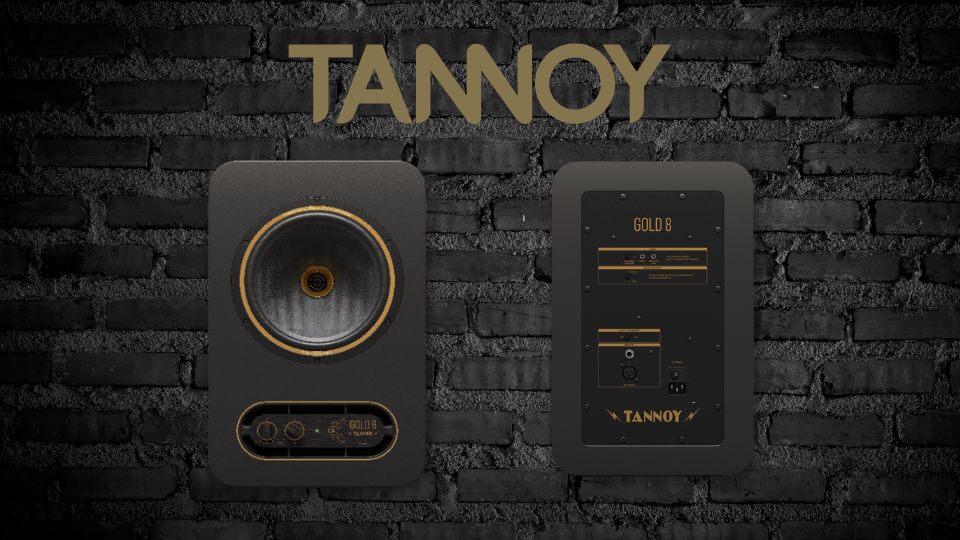
The Tannoy GOLD 8 is an 8-inch monitor from Tannoy’s GOLD series, known for its dual-concentric driver design. This design places the tweeter inside the woofer, creating a more coherent and accurate soundstage.
- Key Features:
- 8-inch dual-concentric driver for precise imaging
- 120W bi-amped power (80W LF, 40W HF)
- Wide frequency response (32Hz – 38kHz)
- Bass reflex design with rear-firing port
- XLR, TRS, and RCA inputs
- Best For:
The Tannoy GOLD 8 is perfect for producers who prioritize stereo imaging and detail. Its dual-concentric design makes it an excellent choice for mixing and mastering in medium to large rooms.
Which Monitor Should You Choose?
- Behringer Nekkst K8: If you need powerful bass and have a larger room, the Nekkst K8 is a solid choice. It’s also a great option for those on a budget who don’t want to compromise on performance.
- KRK ROKIT 7 G5: For a balanced and versatile monitor that works well in smaller to medium-sized rooms, the ROKIT 7 G5 is a reliable pick. Its front-firing port and Kevlar woofer make it a favorite among home studio owners.
- Tannoy GOLD 8: If you value precise imaging and a wide frequency response, the GOLD 8 is worth the investment. Its dual-concentric design sets it apart, making it ideal for critical listening and detailed mixing.
Final Tips for Choosing Studio Monitors
- Test Before You Buy: If possible, listen to the monitors in person to see how they sound in your space.
- Consider Room Treatment: Even the best monitors won’t perform well in an untreated room. Invest in acoustic treatment to get the most out of your setup.
- Think Long-Term: Choose monitors that will grow with you as your skills and needs evolve.
By considering your room size, budget, and musical style, you can find the perfect studio monitors for your home studio. Whether you go with the Behringer Nekkst K8, KRK ROKIT 7 G5, or Tannoy GOLD 8, each of these monitors offers excellent performance for home producers. Happy mixing!
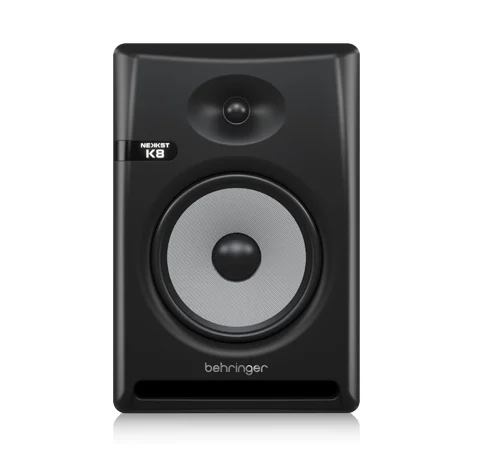
Behringer Nekkst K8 8 inch Powered Studio Monitor
2 in stock
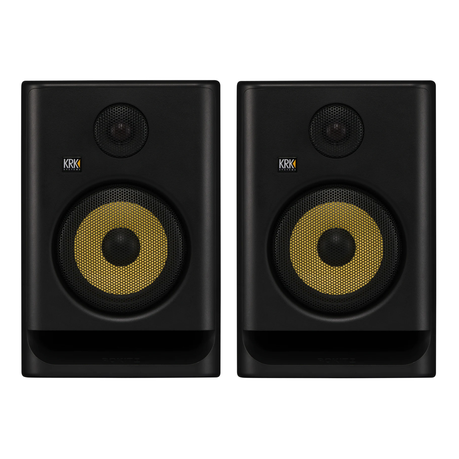
KRK ROKIT 7 G5 7-inch Powered Studio Monitor – Black (Pair)
4 in stock
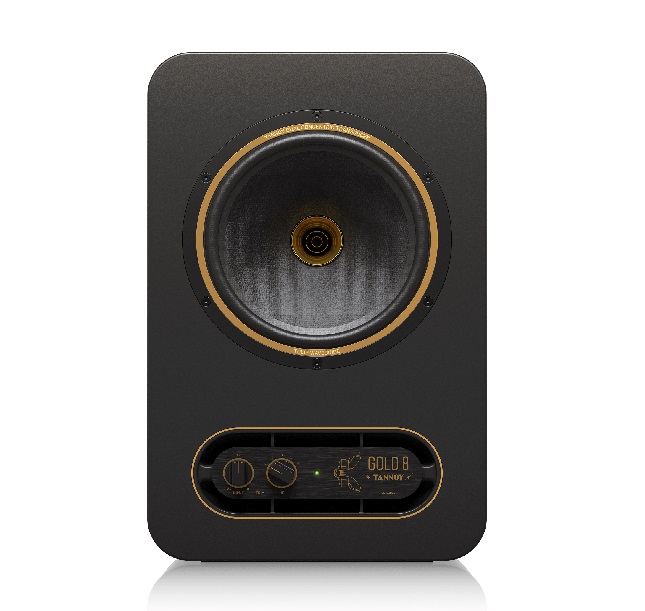
Tannoy GOLD 8 8 inch Powered Studio Monitor (Each)
2 in stock

